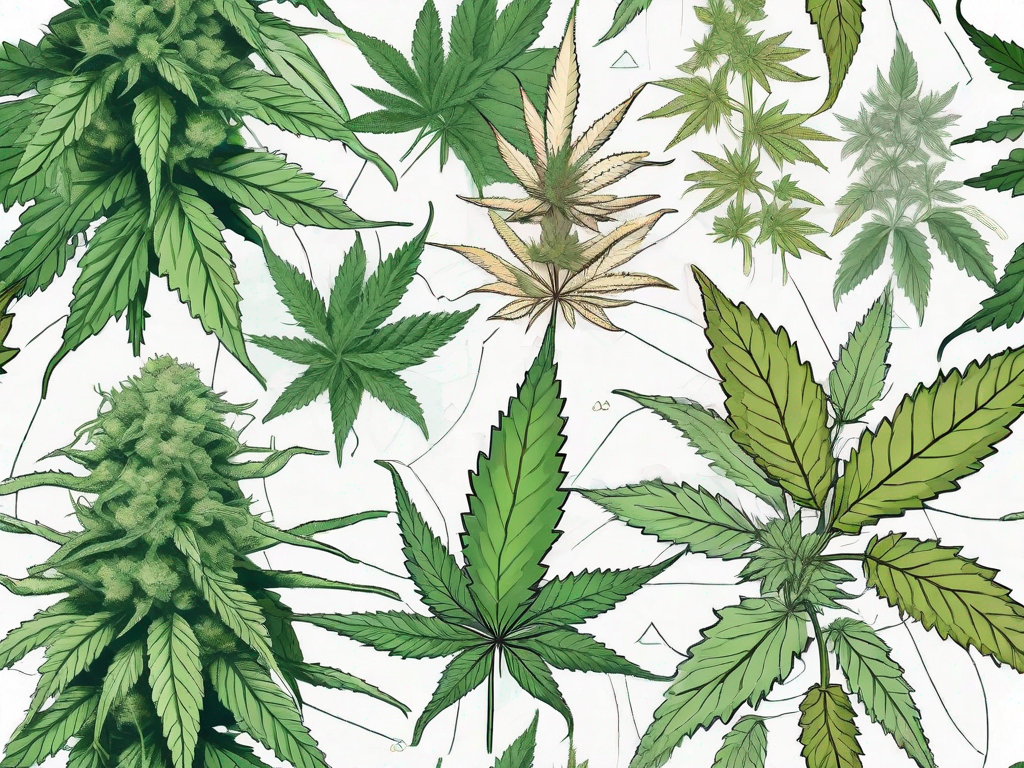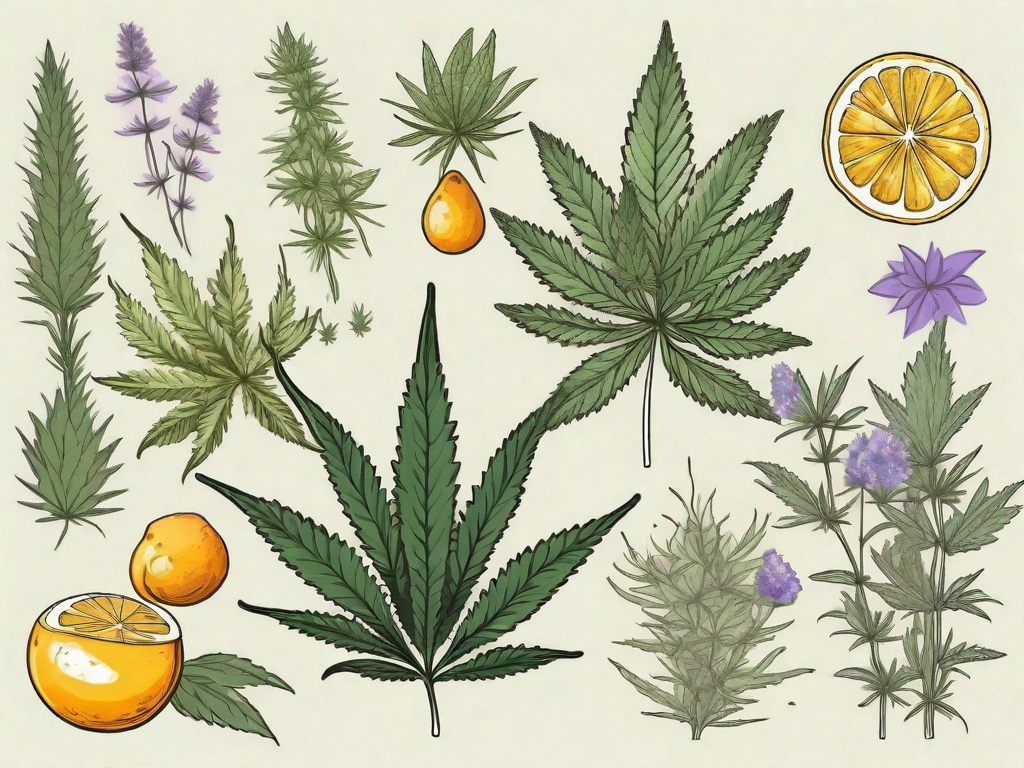The Evolution of Cannabis Strains: From Landrace to Hybrid

The Evolution of Cannabis Strains: From Landrace to Hybrid
The world of cannabis strains is as diverse as it is fascinating. From the ancient landrace strains that have evolved naturally over thousands of years to the meticulously crafted hybrids of today, the journey of cannabis has been a long and complex one. This evolution has not only shaped the cannabis industry but has also had a profound impact on culture, medicine, and agriculture.
A Brief History of Cannabis
Before diving into the evolution of cannabis strains, it's essential to understand a bit about the plant's history. Cannabis is believed to have originated in Central Asia, specifically in the regions that are now Mongolia and southern Siberia. The plant has been used for thousands of years for a variety of purposes, including as a source of fiber for textiles, as a medicinal herb, and for its psychoactive properties in religious rituals.
As humans began to travel and trade, cannabis seeds were carried to different parts of the world, where they adapted to their new environments. These adapted strains, known as landrace strains, are the ancestors of the cannabis strains we know today.
Landrace Strains
Landrace strains are cannabis plants that have developed in a specific geographic region and have adapted to the climate, soil, and other environmental conditions of that region. They are the purest forms of cannabis, having evolved over thousands of years without human intervention.
Landrace strains are typically named after their place of origin, such as 'Afghani', 'Thai', 'Colombian', and 'Hindu Kush'. These strains have unique characteristics that reflect their environment. For example, strains from colder regions tend to be smaller and more robust, while those from warmer climates are taller and have a longer flowering period.
The Significance of Landrace Strains
Landrace strains are incredibly valuable because they are the genetic foundation of all cannabis strains. They are a reservoir of genetic diversity, which is crucial for the development of new strains. Breeders often use landrace strains to introduce new traits into their hybrids, such as resistance to pests or diseases, or specific flavors or effects.
Unfortunately, landrace strains are becoming increasingly rare due to the spread of modern hybrid strains. As these hybrids are introduced into new environments, they can cross-pollinate with local landrace strains, diluting their unique genetics. This loss of genetic diversity is a significant concern for the future of cannabis breeding.
The Rise of Hybrid Strains
With the advent of modern breeding techniques, cannabis breeders began to create hybrid strains. These hybrids are the result of crossing two different strains to combine their desirable traits. For example, a breeder might cross a strain known for its high THC content with one that has a high CBD content to create a balanced hybrid.
Hybrid strains can be either 'indica-dominant', 'sativa-dominant', or 'balanced', depending on the traits they inherit from their parent strains. Indica-dominant strains are typically more relaxing and sedating, while sativa-dominant strains are more uplifting and energizing. Balanced hybrids offer a mix of these effects.
The Art of Breeding
Breeding cannabis is both a science and an art. It involves carefully selecting parent strains for their specific traits, then cross-pollinating them to produce offspring that combine these traits. This process can take several generations to stabilize the desired traits in the new hybrid strain.
Breeders also need to consider the potential for unwanted traits to be passed on to the hybrid. For example, a strain might have a high THC content but also be prone to mold. The breeder would need to carefully select the parent strains and manage the breeding process to ensure the resulting hybrid has the desired THC content without the susceptibility to mold.
The Future of Cannabis Strains
The evolution of cannabis strains is far from over. With the ongoing legalization of cannabis in many parts of the world, the demand for new and unique strains is higher than ever. Breeders are continually experimenting with different combinations of strains to create hybrids with novel characteristics.
At the same time, there is a growing appreciation for the importance of preserving landrace strains. These strains represent the genetic heritage of cannabis and are an invaluable resource for future breeding efforts. As we move forward, the challenge will be to balance the desire for innovation with the need for conservation.
From its origins in Central Asia to the diverse array of strains available today, the journey of cannabis is a testament to the plant's adaptability and the ingenuity of human cultivation. As we continue to explore the potential of this remarkable plant, who knows what exciting new strains the future will bring?



